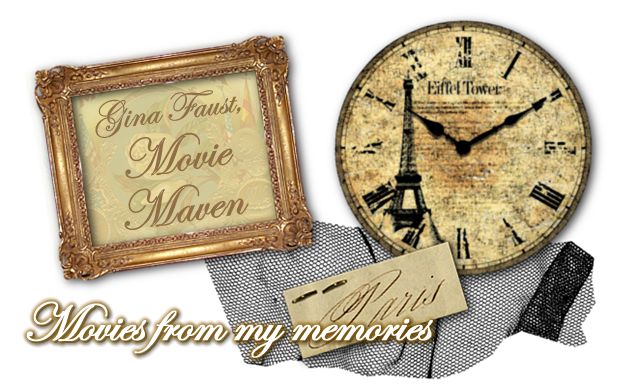 Image via Wikipedia
Image via WikipediaWhen The Music Man hit the screen in the 1960s, I was still a teenager. Fancying myself too sophisticated for such corny fare, I was reticent to see it. But my girlfriends all wanted to go together and make an afternoon of it. So I put down one of the fantasy books I was so fond of reading at the time, I made like a sheep and followed.
As I suspected, the movie was corny. I hadn't yet matured enough to see the subtle layers the movie contained. In fact, I think I just attained that level of maturity last week. For some reason, suddenly I started to connect the dots between The Music Man's con man and things I see happening on the Internet. That's a funny parallel to draw, I realize, but go with me here for a moment.
As I thought about The Music Man, he became my muse for a personal investigation of the dark side of humanity. I thought about the fact that at the heart of any con -- on-screen or off -- is the promise of benefit for the person being conned. Otherwise, why would ordinarily smart people allow themselves to get sucked in to such tales? In the case of Robert Preston's character Professor Harold Hill, the town was in need -- a need he created.
"Ladies and gentlemen, either you are closing your eyes to a situation you do not wish to acknowledge, or you are not aware of the caliber of disaster indicated by the presence of a pool table in your community!" said Professor Hill.
"Not in our town! We have to do something!" cried the newly terrified populace.
Although Hill set off a few alarm bells that told the townspeople to beware of him, people ultimately wanted to believe him. The trouble he warned against consisted of nothing more than a table, two sticks and some billiard balls, but that was all it took. You don't have to know all the details of the high stakes poker game he was playing with the people of River City to predict the outcome. The unfortunate bottom line is that people will believe just about anything if they think it will bring them something they lack -- even if that lack is only a figment of their imaginations. And that's exactly how acceptance of Hill's non-existent marching band took root in River City.
You could say the same process applies to the many scams on the Internet, most notably the endless flood of e-mails that promise a better life in exchange for the recipient's life savings. Of course, the proposition isn't presented that way. According to these often poorly written e-mails, all you have to do is trust a stranger who comes bearing gifts. But hey, there's plenty of easy money in it for you, so why not? And if a Nigerian princess just happens wants to want you (out of all the people on the planet) to help her deposed father move a few million dollars out of the country, why shouldn't you help? More to the point, why shouldn't you benefit? As soon as you ask that last question, they have you. And just in case it's not clear, you will never benefit.
These charlatans don't wear band uniforms or march boldly down the street, but when you open your eyes to what they're doing, it's just about that obvious. Yet it's surprising how many people buy into these scams. Maybe it's because some of these con artists have refined their pitch so well, they know just how to hit people's hot buttons. My favorite example of this was an e-mail that mentioned that they were working "in the name of Jesus Christ." Although the rationalization for that divine connection was flimsy, I'll bet a whole bunch of people fell for it anyway.
I'm not sure where I'm going with this but I do think it' s interesting that people often fare better in fiction than in real life. The people of River City were actually better off by the time Harold Hill was done with them. I only wish the people who lost their life savings to that Nigerian princess experienced such happy endings.

![Reblog this post [with Zemanta]](http://img.zemanta.com/reblog_e.png?x-id=f78c3f32-1cbc-44cf-98ef-1f29a3c4f86a)


![Reblog this post [with Zemanta]](http://img.zemanta.com/reblog_e.png?x-id=ca5b9eb3-8507-4f16-85ff-44a5d593a577)

![Reblog this post [with Zemanta]](http://img.zemanta.com/reblog_e.png?x-id=29e5b9ce-c6bc-4c0a-bfbe-c5c47c3a8123)




![Reblog this post [with Zemanta]](http://img.zemanta.com/reblog_e.png?x-id=7915ca01-ac17-45dc-9f92-ba65fde35fc6)






